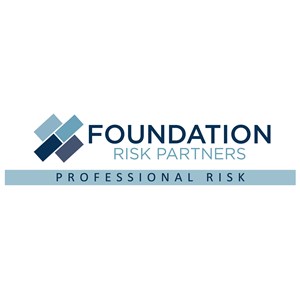AIA National
Learn More
AIA Louisiana
Louisiana Local AIA Components
Learn More
Member Spotlight
 Justin Cortez, AIA,
Justin Cortez, AIA,
Gossen-Holloway-Cortez
As an emerging professional architect in coastal Louisiana, Justin Cortez aims to leave a lasting impact on the architectural landscape. He combines innovative design with a strong dedication to serving local communities, driven by his deep-rooted passion for community-focused projects.
Continue Reading
Connect | With Us
Our Mission
"Lorem ipsum dolor sit amet, consectetur adipiscing elit, sed do eiusmod tempor incididunt ut labore et dolore magna aliqua. Ut enim ad minim veniam, quis nostrud exercitation ullamco laboris nisi ut aliquip ex ea commodo consequat. Duis aute irure dolor in reprehenderit in voluptate velit esse cillum dolore eu fugiat nulla pariatur.Excepteur sint occaecat cupidatat non proident, sunt in culpa qui officia deserunt mollit anim id est laborum."
Our mission would not be possible without our Sponsors
LAF
The Louisiana Architecture Foundation is a non-profit corporation formed by AIA Louisiana in 1996 to fulfill the following mission, and goals:
LAF Mission
The Louisiana Architecture Foundation works to advance Architecture in Louisiana by serving as a link between the public and the architectural profession. This linkage includes public awareness of architecture, public support for architecture, and public participation in processes that shape the environment.
PAC
PAC Mission
The Louisiana Political Action Committee (PAC) seeks to inform candidates for state and local government offices about public policy issues related to architecture, planning and construction. The committee will actively support selected candidates who are respected, capable, and informed on issues of interest to the architectural profession.
Contracts
AIA Documents Benefiting You and the Industry
The documents produced by The American Institute of Architects (AIA) are the most widely used standard form contracts in the construction industry. They facilitate communications among all the parties involved in construction, which makes it easier to produce a high quality project in a timely and economical fashion.




